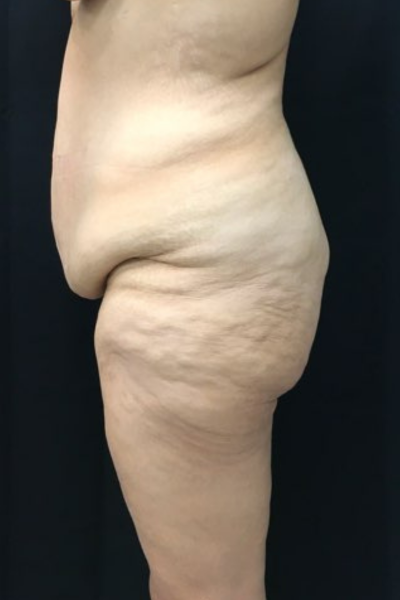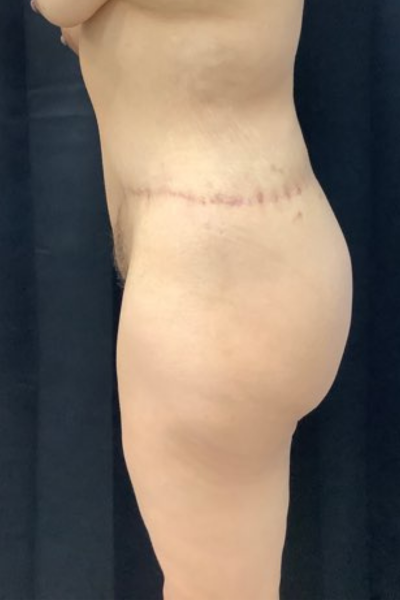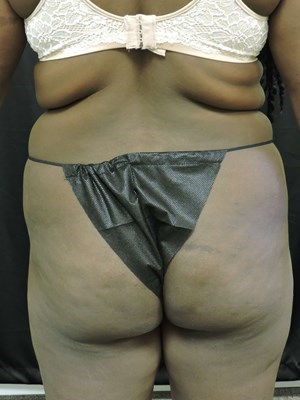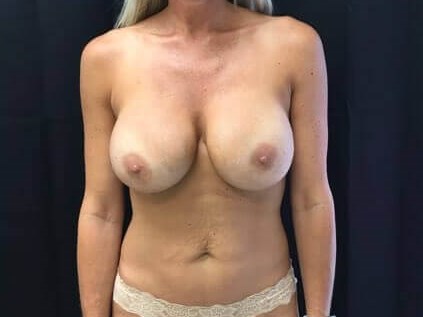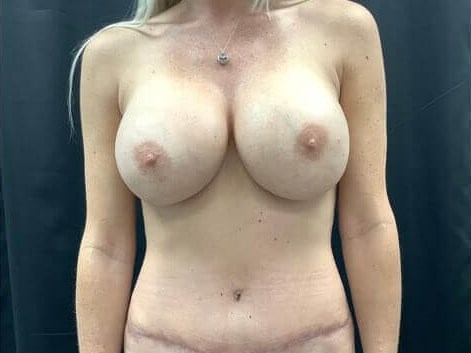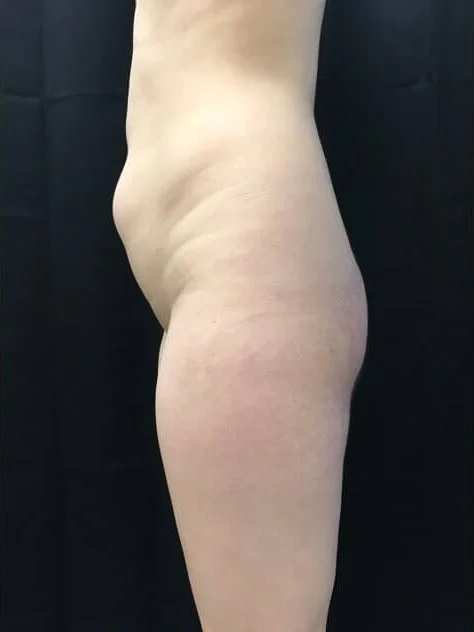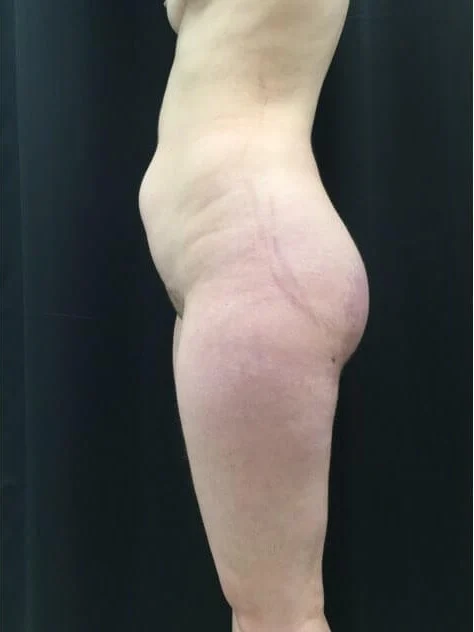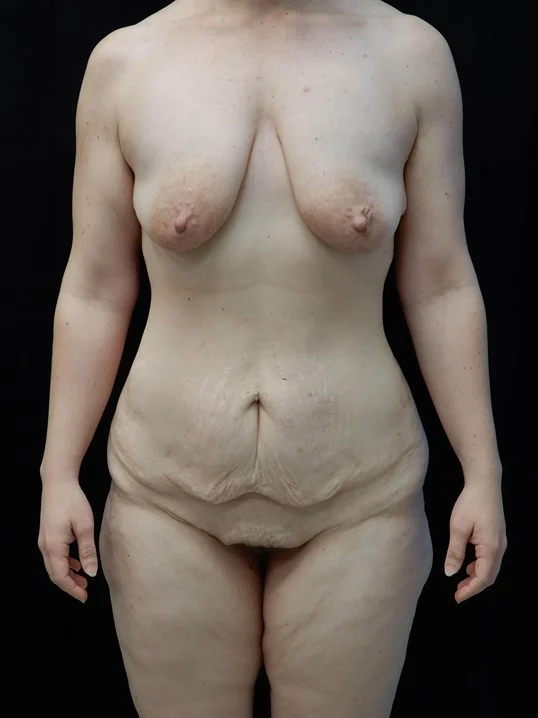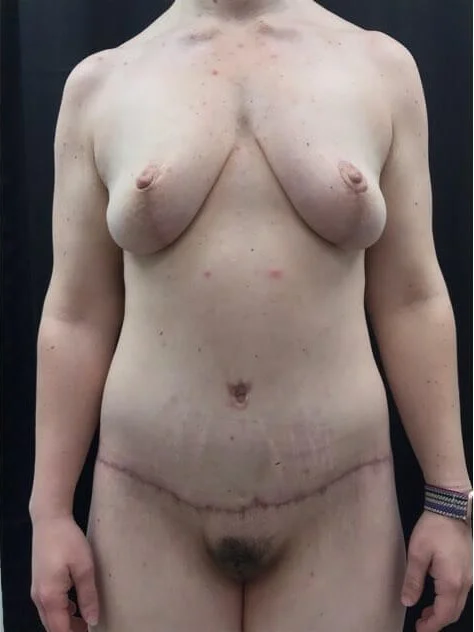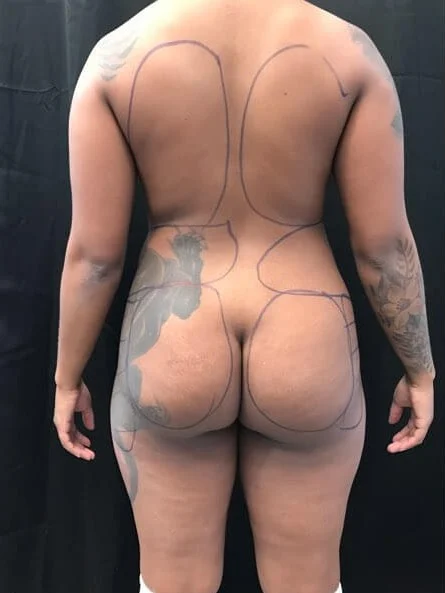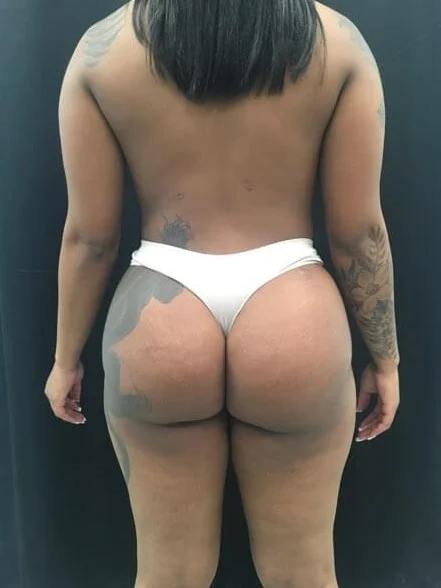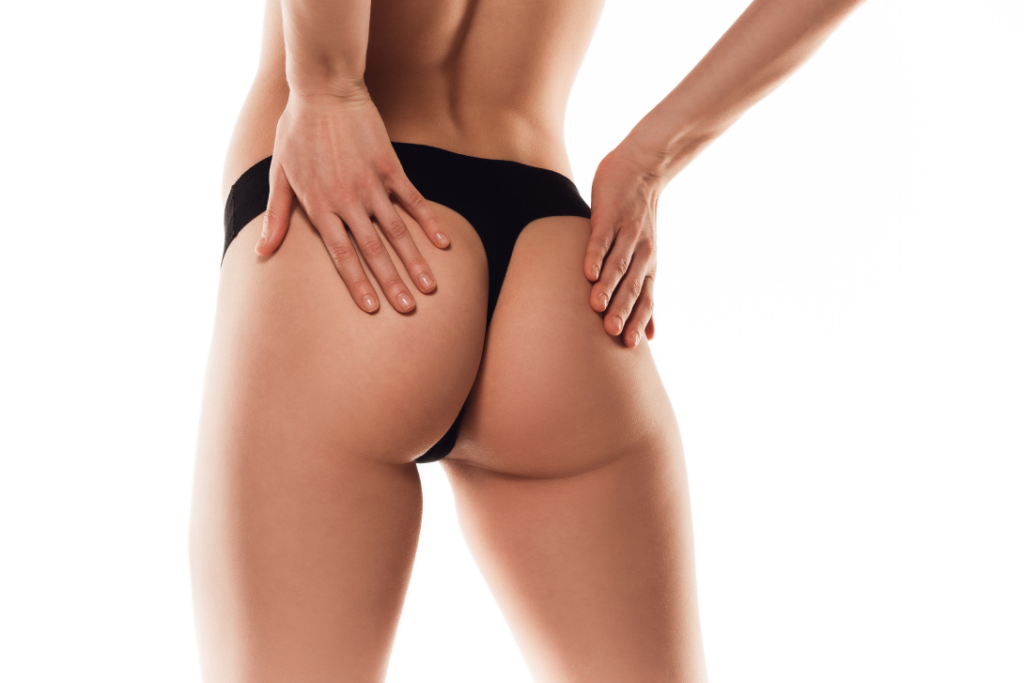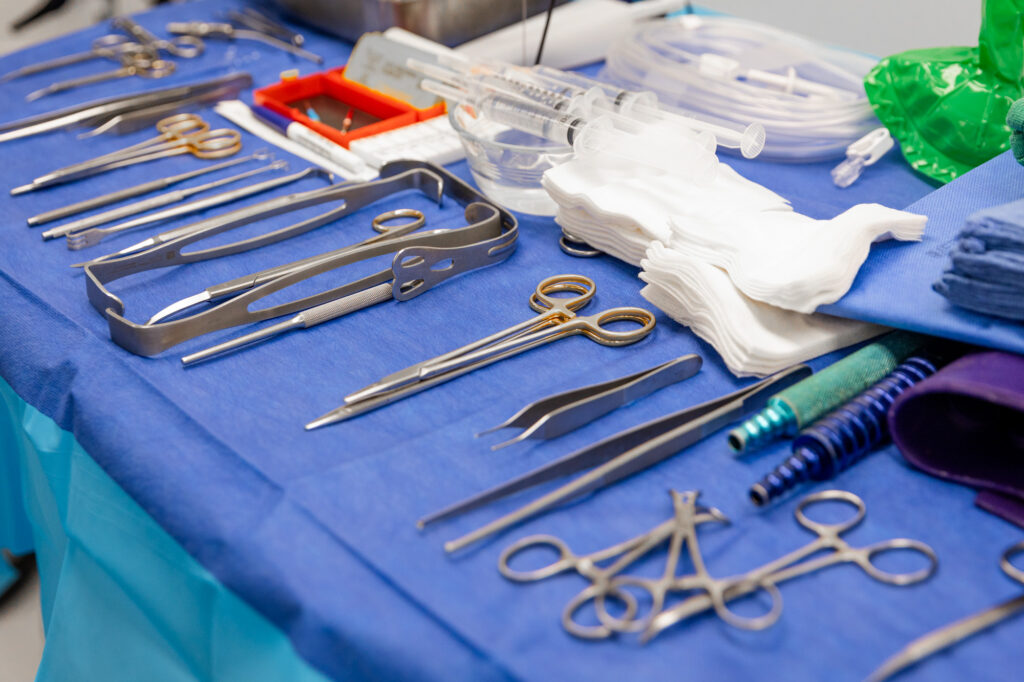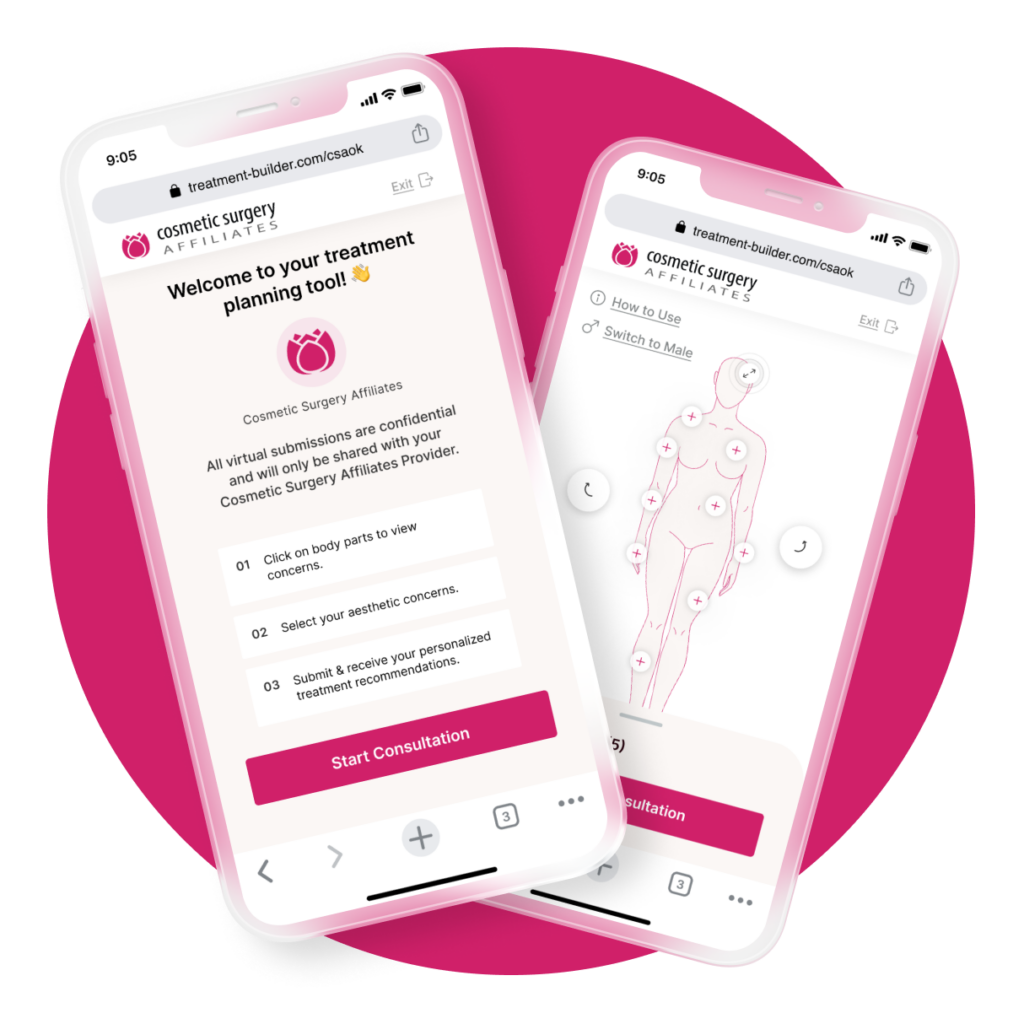A fat transfer in Oklahoma City can give results that will last for years. While the concern of fat reabsorption is something to consider, your skilled surgeon will maximize the outcome by using the tested techniques in terms of fat layering.


What is a Fat Transfer?
You’ve probably heard some people wish they could move the fat from one part of their body to another part. At Cosmetic Surgery Affiliates, we can make that wish come true with a fat transfer in Oklahoma City. By removing excess fat from one place on your body to another, we can create the curves and contours you want.
By using the fat from your own body, our expert surgeons can create natural-looking results for areas of the body like the face, abdomens, and more.
- Face
- Hands
- Buttocks
- Breasts
- Hips
- Thighs
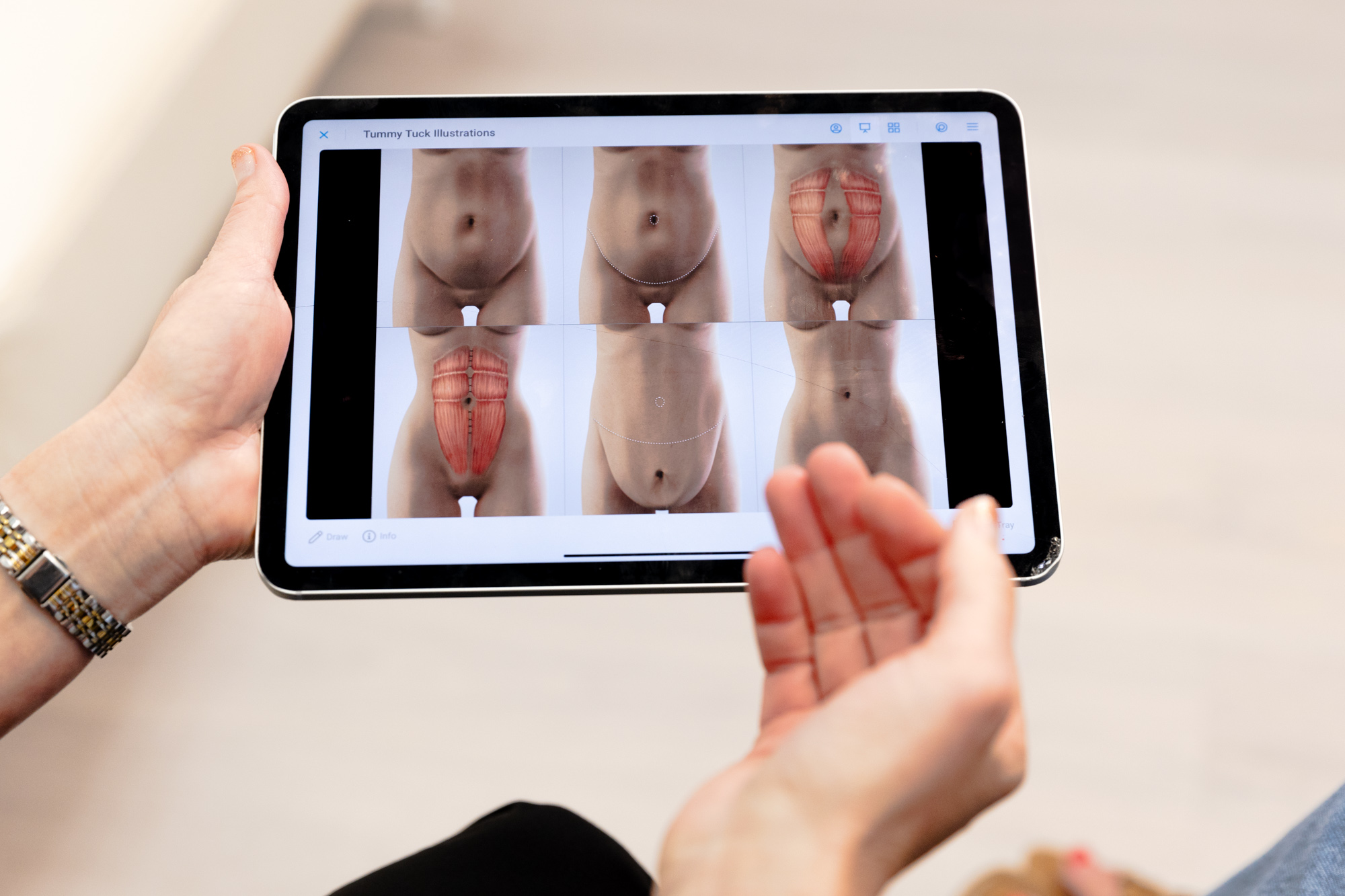
What To Expect From a Fat Transfer
Consultation
The first step towards achieving your goals is scheduling a consultation with one of our doctors. During your consultation, your doctor will listen carefully while you describe what you would like to change about your body. They’ll recommend different options based on your needs, and together, you will decide on the best treatment for you.

Anesthesia
We can provide either IV sedation or general anesthesia during your fat transfer in Oklahoma City. Based on your needs and personal preferences, your doctor helps you choose the best options for your procedure. Then, they tell you everything you need to know about the procedure, including before-surgery and after-surgery instructions.
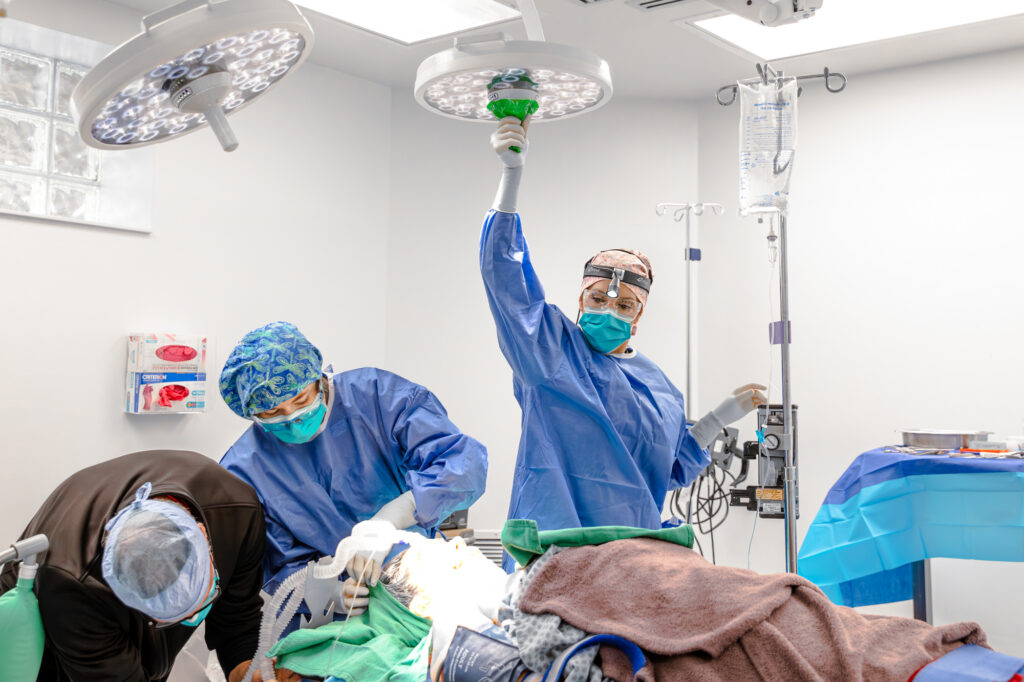
Procedure
For this procedure, your doctor removes fat through liposuction or a small needle and processes the fat to clean it. Afterwards, your doctor injects the fat into areas like the buttocks, breasts or face. For the face, fat grafting can fill in lines, wrinkles, folds and hollow areas that can age a patient.
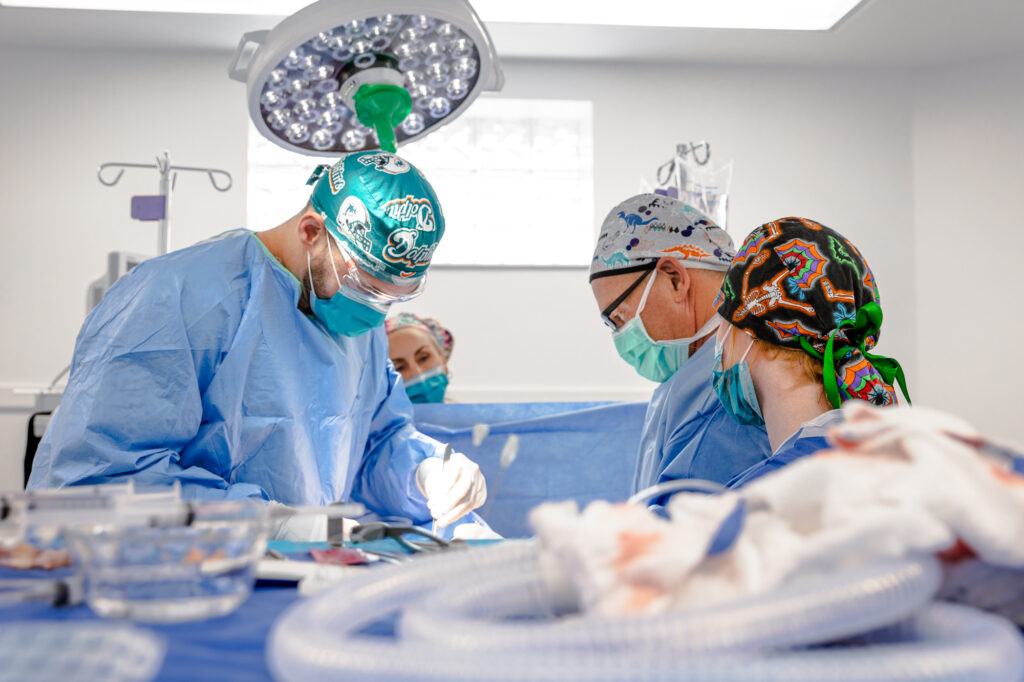
Recovery
Once your fat transfer is complete and you are awake, your doctor will review post-care instructions with you once more before scheduling your follow-up appointment. Recovery time depends on several factors, including how many body parts were involved in the surgery, as well as how much fat we transferred.

Explore Your Options
We provide many surgical and nonsurgical treatments options at CSA. With our treatment planning tool, you can discover and explore the best options for your body goals.


Benefits of a Fat Transfer
There are many reasons to get a fat transfer in Oklahoma City, but here is why you can trust the experts at Cosmetic Surgery Affiliates with your care.
Our surgeons customize your care to your unique vision for your body. We build your plan based on where you'd like to remove fat and where you want to transfer it.
Our team has received recognition for being regional leaders in both surgical and nonsurgical treatments. Our expertise leads us to deliver exceptional care to our patients and results they will love.
Our team understands how daunting it can be to change your appearance. We're more than just a surgical team–we're your support throughout the entire process.
Taking Guesswork Out of The Equation
Request a consultation with our team today to discover if a fat transfer is the right option for your body goals.

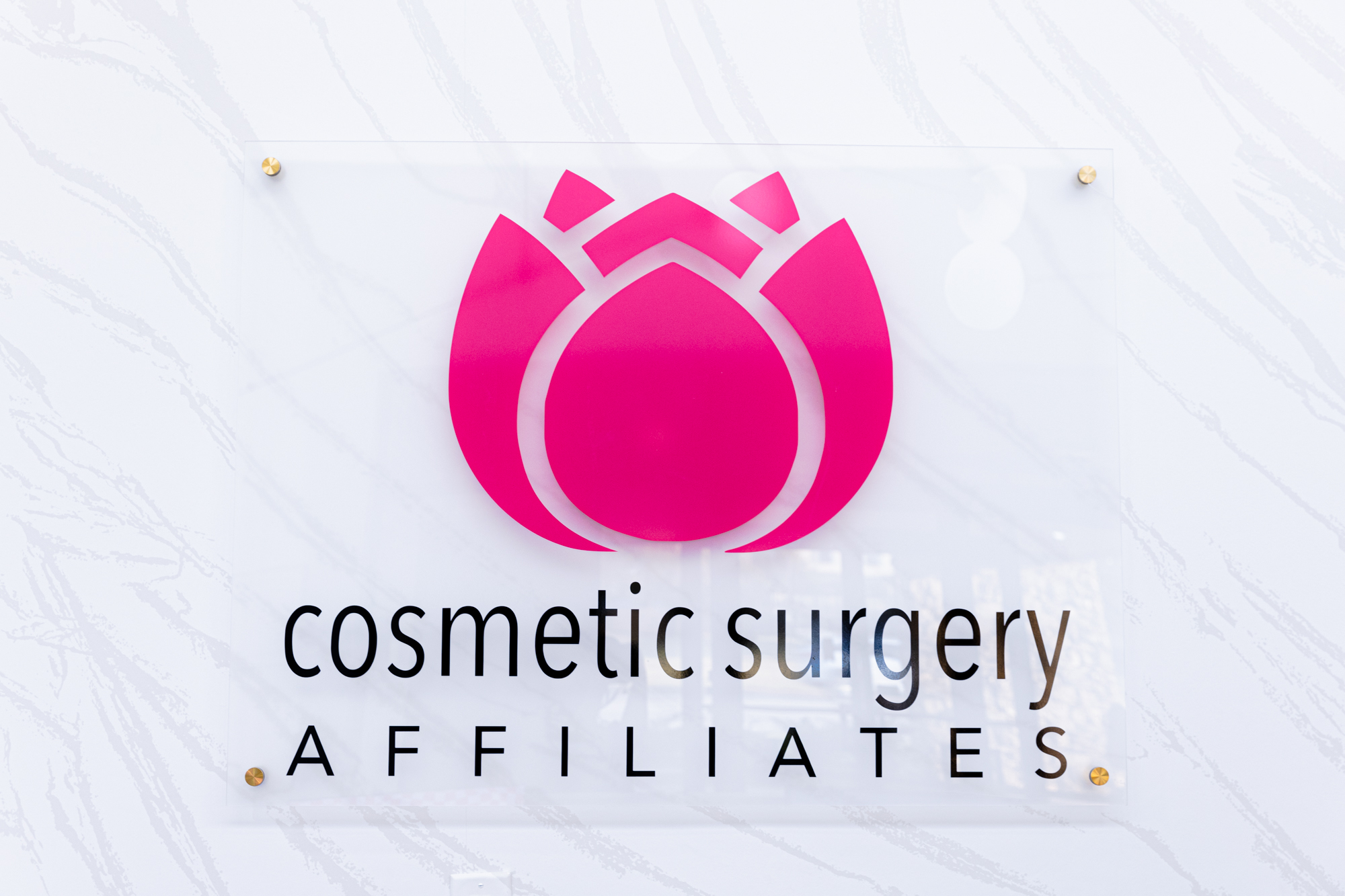
About Cosmetic Surgery Affiliates
Confidence is priceless.
At Cosmetic Surgery Affiliates, we recognize that aesthetics is an investment in yourself. The bond we have with ourselves is the most important one, yet often we tend to overlook it. Our surgeons are dedicated to helping you strengthen this connection. Looking and feeling your best is essential to living your best life, and here, we help you have it all.
Fat Transfer FAQs
Scarring is minimal after your fat transfer in Oklahoma City. Any scars that remain will be small (either where the cannula or the syringe was inserted for the transfer). Your provider strategically places the incisions in areas that clothing can cover.
Most patients can return to their normal daily activities about 4 days after their fat transfer. After a couple of weeks, your incisions should be mostly healed, but we recommend avoiding exercising or participating in strenuous activities for at least 6 weeks following your surgery.
